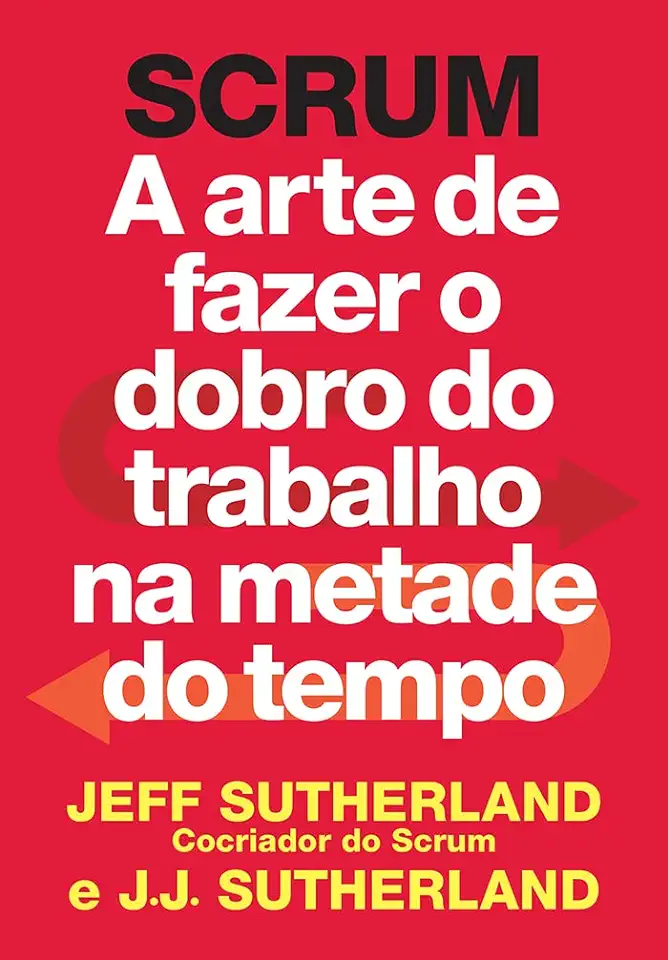
Scrum: The Art of Doing Twice the Work in Half the Time - Jeff Sutherland
Scrum: The Art of Doing Twice the Work in Half the Time
In his book, Scrum: The Art of Doing Twice the Work in Half the Time, Jeff Sutherland shares his insights on how to use Scrum, a revolutionary project management framework, to achieve remarkable results. With over 25 years of experience in the software development industry, Sutherland has witnessed firsthand the transformative power of Scrum and is passionate about sharing its benefits with others.
Key Concepts of Scrum
Scrum is based on the idea of iterative development, where work is broken down into smaller, manageable tasks that are completed in short cycles called sprints. This approach allows teams to deliver value incrementally and receive feedback from stakeholders early on, ensuring that the project stays on track and meets the needs of the customer.
One of the key principles of Scrum is self-organization, which empowers teams to make decisions and manage their own work without micromanagement. This fosters a sense of ownership and accountability, leading to higher levels of motivation and productivity.
The Scrum Framework
The Scrum framework consists of several key elements that work together to facilitate effective project management. These include:
- Product Backlog: A prioritized list of all the features and requirements that need to be developed.
- Sprint Planning: A meeting where the team selects the highest priority items from the product backlog and commits to completing them within the upcoming sprint.
- Daily Scrum: A short, daily meeting where team members share their progress, discuss any challenges they are facing, and identify any roadblocks that need to be removed.
- Sprint Review: A meeting at the end of each sprint where the team demonstrates the work they have completed and receives feedback from stakeholders.
- Sprint Retrospective: A meeting where the team reflects on the past sprint, identifies areas for improvement, and makes adjustments to their process for the next sprint.
Benefits of Scrum
Scrum has been proven to deliver significant benefits for organizations, including:
- Increased productivity: Scrum teams are able to deliver more value in less time, thanks to the iterative development approach and the focus on continuous improvement.
- Improved quality: Scrum's emphasis on testing and feedback loops helps to identify and fix defects early on, resulting in higher quality products.
- Enhanced customer satisfaction: By involving stakeholders throughout the development process, Scrum ensures that the final product meets their needs and expectations.
- Greater agility: Scrum teams are able to adapt quickly to changing requirements, making them more responsive to market demands.
- Boosted team morale: Scrum's focus on collaboration, self-organization, and continuous improvement creates a positive work environment that motivates and engages team members.
Conclusion
Scrum is a powerful project management framework that can help organizations achieve remarkable results. By embracing Scrum's principles and practices, teams can double their productivity, improve quality, enhance customer satisfaction, and become more agile and responsive to change.
If you are looking for a way to transform your project management practices and achieve breakthrough results, Scrum is the answer. Get your copy of Scrum: The Art of Doing Twice the Work in Half the Time today and start your journey to success!